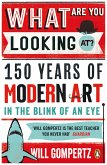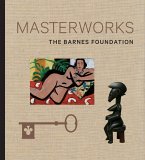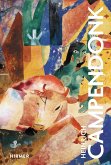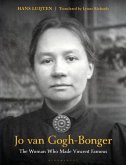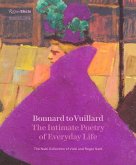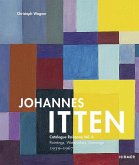Illuminating reflections on painting and drawing from one of the most revered artists of the twentieth century
'Thank God for yellow ochre, cadmium red medium, and permanent green light'
How does a painter see the world? Philip Guston, one of the most influential artists of the twentieth century, spoke about art with unparalleled candour and commitment. Touching on work from across his career as well as that of his fellow artists and Renaissance heroes, this selection of his writings, talks and interviews draws together some of his most incisive reflections on iconography and abstraction, metaphysics and mysticism, and, above all, the nature of painting and drawing.
'Among the most important, powerful and influential American painters of the last 100 years ... he's an art world hero' Jerry Saltz, New York Magazine
'Guston's paintings make us think hard' Aindrea Emelife, Guardian
'Thank God for yellow ochre, cadmium red medium, and permanent green light'
How does a painter see the world? Philip Guston, one of the most influential artists of the twentieth century, spoke about art with unparalleled candour and commitment. Touching on work from across his career as well as that of his fellow artists and Renaissance heroes, this selection of his writings, talks and interviews draws together some of his most incisive reflections on iconography and abstraction, metaphysics and mysticism, and, above all, the nature of painting and drawing.
'Among the most important, powerful and influential American painters of the last 100 years ... he's an art world hero' Jerry Saltz, New York Magazine
'Guston's paintings make us think hard' Aindrea Emelife, Guardian
Philip Guston's work gathers strength with the passing of time. During his lifetime he seemed an outsider, but now the world of painting seems to have regrouped around him. This book captures the breadth and depth of his thinking, and also captures the feeling of an intensely lively era when artists like Cage, Feldman and Guston felt that making art was a branch of philosophy. I think everybody interested in the evolution of culture should read this thought-provoking and timely book Brian Eno



